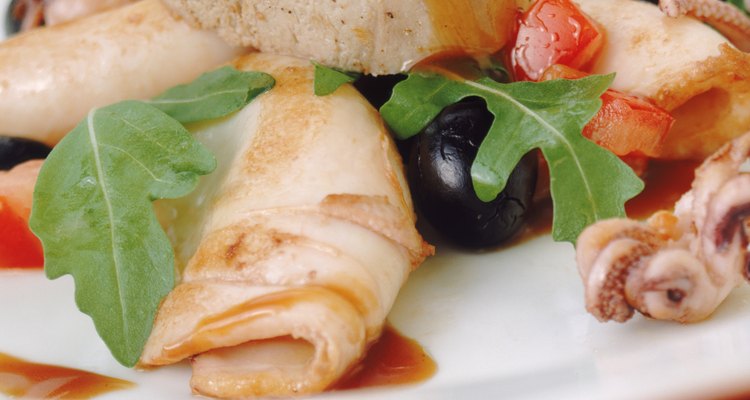
John Foxx/Stockbyte/Getty Images
Mediterranean and Asian cuisines are arguably two of the world's best known -- prized both for their distinctive flavors and their healthful ingredients. Once you understand these diets and the philosophies behind them, it's easy to add guilt-free flavor and zest to your own eating plan by incorporating components of each.
Asian Diet Components
Asian cuisine varies widely throughout Asia. The Indian diet is largely vegetarian and incorporates vegetables and fruits; dairy products, such as yogurt and butter; pulses such as chickpeas and lentils; rices; flat breads made from whole grains or bean flour; and a variety of nuts and seeds. Diets in Eastern Asia -- which includes China, Japan, Korea, and Thailand -- incorporate steamed, sauteed or raw vegetables and small portions of sauteed, grilled or fried meats, seafood, eggs and tofu. Meals usually contain rice or noodles in place of breads.
Mediterranean Diet Components
The Mediterranean region includes parts of Spain, Italy, Greece, France and Albania. The Mediterranean diet generally incorporates pasta, rice and whole grain breads; vegetables such as tomatoes, zucchini, olives, eggplant and squash; fruits such as pomegranates, grapes, citrus and figs; nuts and seeds; and wine. Fish is the most commonly eaten protein, followed by poultry and eggs. Beef is usually only eaten a few times a month.
Differences
In Asia, food often serves as both nourishment and medicine. Asian diets tend to focus on a balance between salty, sweet, sour and spicy flavors, as well as crunchy and soft textures. Asians tend to favor strong flavors and use rich sauces and infused oils to dress their foods.
In contrast, the Mediterranean diet favors simple meals with earthy, light flavors. The focus is on fresh, whole foods with minimal preparation. Fish, meats and vegetables are typically dressed and cooked in olive oil, and garlic and herbs are used to add flavor, rather than salt or heavy sauces.
Similarities
Both Asian and Mediterranean diets are mainly based on fresh, minimally processed ingredients. Both encourage large portions of vegetables and fruits and smaller portions of proteins, and both commonly incorporate fish and other types of seafood as a main source of protein. In addition, both cultures take meals seriously, and place a great deal of importance on cooking and sharing meals with family and friends.
Health Benefits
Because they are rich in whole grains, colorful vegetables, lean proteins and heart-friendly, antioxidant-rich fats -- such as olive and vegetable oils, nuts and fatty fish -- both Asian and Mediterranean are good choices for a healthful diet. Mayoclinic.com notes that a recent analysis of 1.5 million healthy adults showed a link between a Mediterranean diet and a reduced risk of cardiovascular disease, cancer, Parkinson's disease and Alzheimer's. In addition, according to the University of California at San Francisco, Asian populations have significantly lower chronic disease and cancer mortality rates, possibly due in large part to diet.
Related Articles

African Food Facts

How to Cook a Whole Fish Jamaican Style
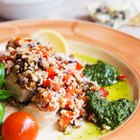
Paleo-Mediterranean Diet

Traditional French Easter Food
What Foods Do Hispanics Make for ...

Difference Between Soba and Udon Noodles

Types of Asian Food

Rice & Lentil Diet

Lumpia vs. Egg Rolls

Italian Cuisine Characteristics

How to Use Panko

How to Cook Tarakihi

How to Cook Foster Farm Chicken Breast ...
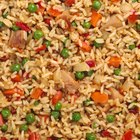
How to Cook Arroz Chaufa
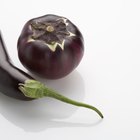
Low-Calorie Lebanese Food
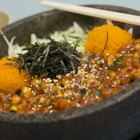
Korean Food Nutritional Value
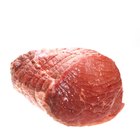
How to Cook Beef Topside in a Slow ...

How to Make Fish Taco Sauce

Mediterranean Theme Ideas

How to Cook Japanese Teppanyaki
References
Resources
Writer Bio
Jessica Martinez is a freelance writer from Clayton, North Carolina. As a homeschooling mom, she enjoys writing about education, child development and family issues. Martinez also enjoys researching and writing about subjects she loves: history, art, interior design, gardening and travel.
Photo Credits
John Foxx/Stockbyte/Getty Images